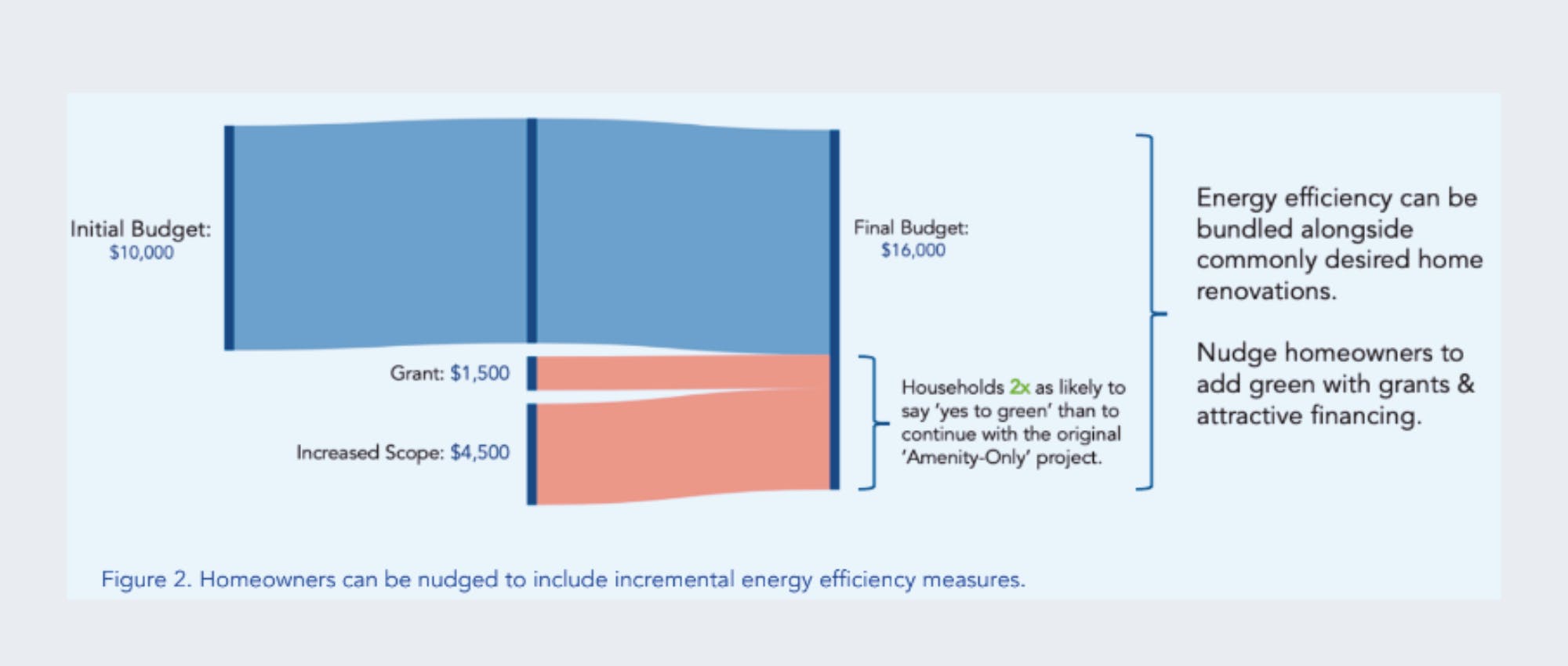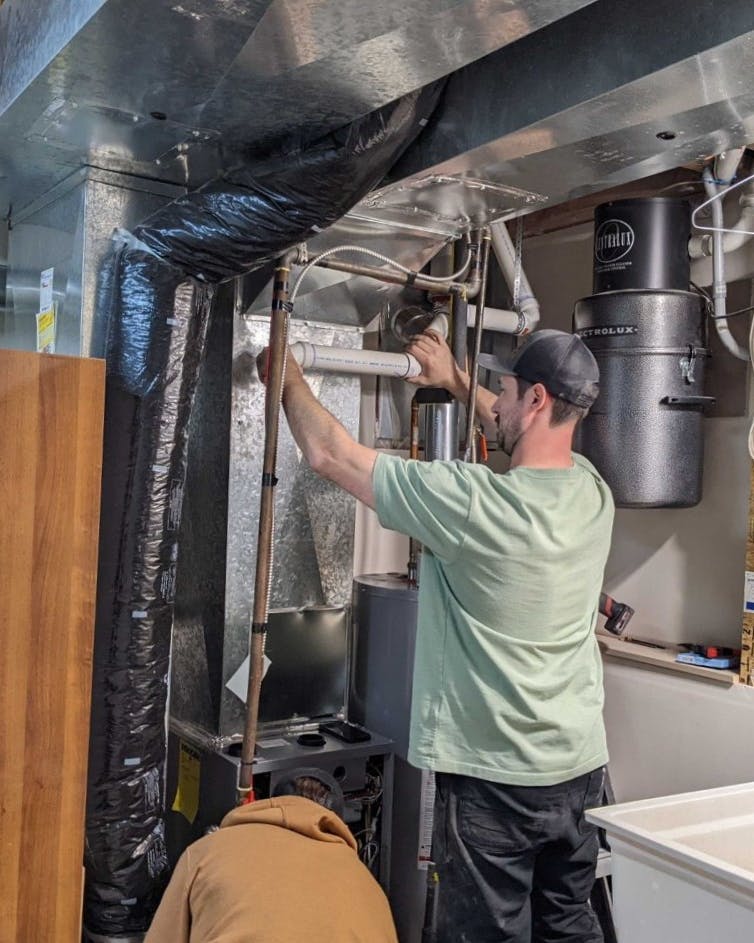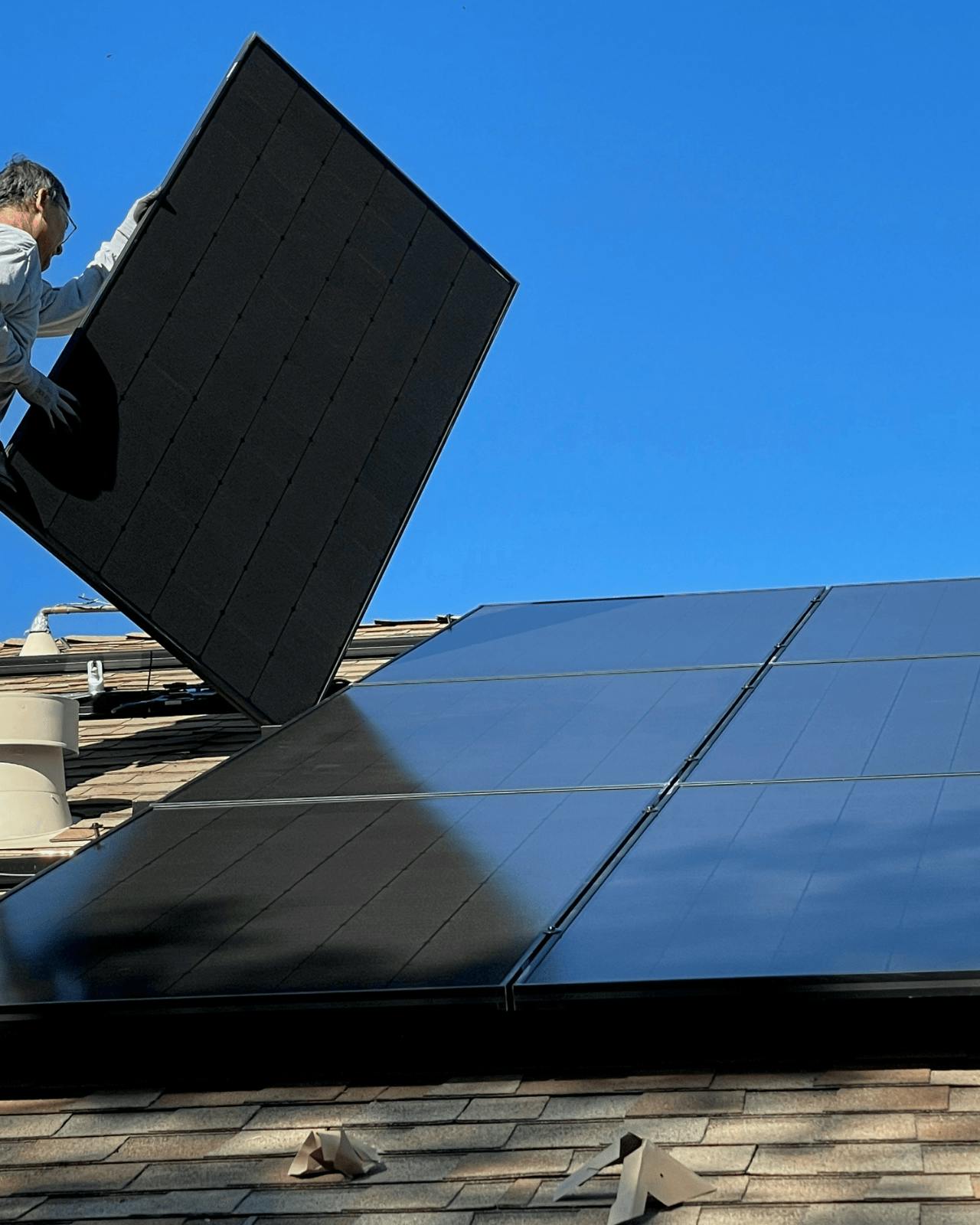From granite to green: Nudging homeowners towards energy efficiency

It is well established that to address climate change a massive undertaking of building retrofits is needed, with single family homes as a focus due to its sheer numbers. The task is daunting: a 2021 Pembina Institute paper used modeling to estimate that 42,800 detached homes and 7,600 attached homes need to be retrofitted every year in Alberta for the next 20 years. All levels of government have identified this as a priority, and many have created voluntary retrofit programs that provide financing (such as CEIP in Alberta) and/or rebates. These programs are a great start, but are they going to be enough to reach the annual number of retrofits needed?
Research Study
Alberta Ecotrust commissioned a study to explore the current approaches to residential energy efficiency financing, in partnership with the Cities of Calgary and Edmonton, and with funding support from the Federation of Canadian Municipalities. The resulting engagement and program design identified new ways to think about how we target homeowners and who can provide financing products.
The study, led by Thor Jensen with the Social Innovation Academy, dives into the results of home financing programs across several jurisdictions and the findings are telling: Very few homeowners ever borrow money for the sole purpose of upgrading for energy savings. However, the report also highlights that homeowners do enjoy improving their homes (even more so during the pandemic) and that they most often use savings and only occasionally borrow money to do so.
This information provides a new, people-centered lens to financing program design. Instead of trying to convince homeowners to take out loans, why not target people already undertaking home renovations by offering an easy way to add cost-saving efficiency measures to their project? The first barrier of shifting someone into a home improvement mind-set is removed and they are more receptive to learning about the benefits of adding energy efficiency measures.

New Approach to Program Design
It is with this new frame of mind that a program design and pilot project are proposed in the study. The two distinguishing features are that it is contractor-led and privately financed.
“Contractor-led” addresses the challenge of how to reach homeowners in the early planning stages of their renovations. Contractors are the gateway to this program, playing the key role of engaging the homeowner early. Contractors are a trusted partner during the renovation process and provide homeowners with information on budget, scope, and financial support. They can also provide information on the benefits of incorporating energy efficiency measures into a project.
“Private or third-party financing” provides an option for the additional capital that may be required if a homeowner decides to add energy efficiency to their project. As part of the research project, local credit unions were engaged, and the response was positive. Using third parties minimizes government involvement and allows for more agility and growth.
Calls to Action
Read the full report to learn more: Community Energy Efficiency Financing Program Design.
Alberta Ecotrust is exploring developing a pilot program that is both contractor-led and privately financed. We are interested in talking to anyone who has interest or experience that would be helpful in building out this initiative.
For more information please contact:
Jessica Lajoie, Program Specialist
Alberta Ecotrust Foundation
Related posts
Explore our most recent posts.



